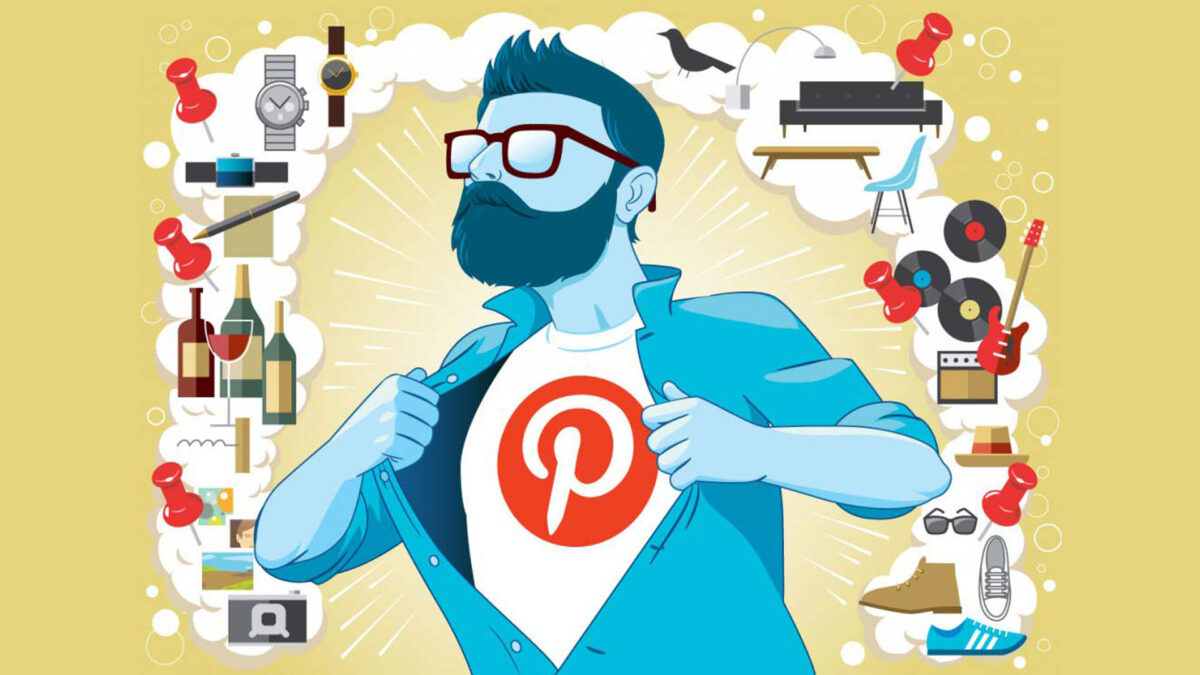Customers want immersive experiences, even when they deliberately engage with brands. Today’s lively creator economy has trained them to expect authentic, entertaining experiences. As such, brands can learn a lot from content creators as well.
Building from part one in the series, this article explores a few key areas that independent creators have changed the game.

Engage your customer with authentic content that tells your brand’s story.
Thirty-four percent of consumers say “too much self-promotion” is a major turn-off in how they perceive brands on social. This sentiment isn’t exclusive to social, whether your content is shared there or directly from your website. Tell your brand’s origin story or what problem you’re solving rather than simply letting us know that your product or service is 15% off this week. Customers value authenticity.
Ford does a great job of using social media to post authentic storytelling content. In efforts to promote their latest Ford F-150, the auto manufacturer shared a series of videos featuring their Ford Ambassadors sharing how they use the vehicle in their daily lives whether that be fly fishing or diy-ing. At the time of this article, those two videos are sitting at a combined 146K views. Whether viewers are currently interested in purchasing a Ford truck or not, it’s good content that is engaging customers.

Educate your customer during their exploration of your product and brand.
One study found that even a week after viewing a brand’s educational content, consumers were 48% more likely to purchase from the brand.
Take Canva, the tech brand that stands out because it makes previously daunting tasks like graphic design easier and more accessible for users. With this purpose in mind, Canva still produces educational content for users to become acclimated to their system. The Canva Design School has tutorials and courses tailored for beginning to advanced skill sets. Their educational content shows users what is possible with their platform. The Canva blog hosts articles consisting of Canva experts’ advice regarding popular design, marketing and business topics. As of Q4 2023, Canva had 135 million active monthly users, 16 million of which are premium members—paid subscribers. Customers who engage with Canva’s educational content leave feeling more empowered to use the many unique features Canva’s software offers. The more users sharpen their design skills, they are encouraged to subscribe to Canva Pro to further their design journeys.
Blogging is still in. In fact, companies with blogs produce an average of 67% more leads monthly than companies that don’t blog. Whether it’s a blog or an educational hub, content marketing creates an immersive experience for consumers that later produces sales for your brand. Take Yeti, for example. Consumers were originally unwilling to pay Yeti’s high-dollar price tag despite their products being genuinely high quality. In response to customers’ hesitation, Yeti partnered with ambassadors to create branded content further telling the story of Yeti. These efforts were successful, garnering the brand a 16% increase in sales in Q3, 2024.
Your brand is not monofunctional. Selling is not your only purpose—just how members of the creator economy are capable of more than delivering content. You can create an experience for your audience—being a part of their lives in more ways than one. Your brand can solve problems for customers, educate, entertain, engage and even inspire too. Through your content, you can create a world of possibilities for your customer. Ninety percent of businesses have already experienced favorable returns on their investments in customer education efforts.

Entertain your customer so that they come back for more.
Educating your customer on your product or service is essential to the customer journey, but don’t just educate—your content needs to be entertaining. Content that entertains your audience also creates value for your audience. By creating value, you are also building trust. According to Adobe, seven out of 10 customers choose to buy from brands that they trust. Brands, it is your duty to do right by your customers, but you also have the opportunity to motivate and inspire them as well. Use your platform responsibly.
Content creator and financial influencer Vivian Tu, aka Your Rich BFF, is a great example of this. With more than 2.3M Instagram and 2.5M TikTok followers, Tu is creating content to show others how to become financially literate. Her content mix includes guest speaking on interviews, sketches, live Q&As and more. In an interview with CNBC, Tu credits her success to her candid delivery. “I convey information in a way that is literally like you were my college roommate,” Tu recalled. Tu’s strategy mixed in with her candid delivery is clearly working. Her combined following of more than 6 million and growing across social media platforms is more than some of the United States’ largest banks.
Be vulnerable and willing to connect with your audiences. Through entertaining your customer, you develop greater brand affinity and foster a sense of trust from your following. This gives your customer a chance to fall in love with your product or service just as much as you have.

Put it all together to continually create memorable experiences for your customer.
Building a strong brand identity in the buttoned-up world can take inspiration from the dynamic and ever-evolving creator economy. Brands can enhance customer engagement by prioritizing authentic storytelling, as seen in Ford’s engaging social media content and educational initiatives like Canva’s Design School.
By blending education and entertainment like financial influencer Vivian Tu, you not only gain trust but also forge stronger customer connections. Focus on creating engaging content, whether through blogs, videos or interactive experiences. This approach goes beyond self-promotion, fostering loyalty by offering customers the chance to grow closer to your brand.



